Bryan Knowles
29 Mar 2023, 03:10am

Last week, we looked at the teams that most overperformed their DVOA projections in 2022. It’s only fair, then, that we put the shoe on the other foot and tackle last season’s biggest flops.
Today, we are looking at the five teams that most underperformed their DVOA projections. These are often teams struggle with unforeseen circumstances—massive amounts of injuries, or significant suspensions that there was no way to predict beforehand. Other times, it’s the fault of a young star not developing as the team would have hoped, or a floundering coach in way over his head. And, if you’re at the very bottom of one of these lists, it’s generally speaking all three and more.
As a reminder, we’re ranking teams by how many standard deviations below average a team fell short of their projections rather than just raw numbers. We’re looking for teams that ended the season in a significantly different group than expected; good teams that became average or average teams that became bad, rather than pointing out artifacts of how simulations work. So, with no further ado…
5. Las Vegas Raiders (-1.18)
Projected DVOA: 3.8%; +0.47 standard deviations
Actual DVOA: -11.6%; -0.72 standard deviations
Our projections had the Raiders slip into a wild-card slot in the AFC. It was more or less a toss-up for the last two spots between them, the Bengals, the Broncos, and the Patriots, but the Raiders were right in the thick of the mix. Josh McDaniels’ arrival had us very cautiously optimistic, and the win-now moves of trading for Davante Adams and signing Chandler Jones at least had them keeping pace in what appeared to be an arms race in the AFC West. Perhaps these were not good moves for a long-term rebuild, but in the short term? They should at least have kept the Raiders competitive and scrapping. They were, after all, a 10-7 team before McDaniels came; it couldn’t be that hard to keep that roster afloat, could it?
In no world were we expecting Derek Carr to be watching the final games from his couch, dismissed from the team before the end of the year as the Raiders looked to move on. Slightly more reasonable, but still unexpected, were injuries to Hunter Renfrow and Darren Waller. And while our numbers liked the Raiders’ offensive line as a whole, Alex Bars and Dylan Parham were each in the top seven in blown blocks among interior linemen, further destabilizing Las Vegas’ offensive plans. As such, the offense was a disappointing 17th in DVOA, down from the projected 10th.
But it was the defense where the bottom truly fell out, dropping from a projection of 17th place all the way to 31st. Jones was almost a complete bust, with his 4.5 sacks being his worst ever total in a healthy year, and even that was heavily juiced by one game against an injured Chargers line. Injuries destroyed the linebacker corps, with Divine Deablo, Jayon Brown, and Denzel Perryman all missing extended time; the likes of Robert Spillane and Luke Masterson were not up to the challenge. And the secondary was Swiss cheese, ranking 27th against top receivers and dead last against “other” receivers. No pass pressure, no coverage, no strength in the middle of the field? No hope. At the beginning of the year, it felt like Patrick Graham was running too complicated of a scheme, but then he simplified things at midseason and, if anything, Las Vegas got worse. Now they’re in a weird quantum position of rebuilding (getting rid of your starting quarterback is a sign you’re not competing!) and reloading, and their future appears muddled at best.
4. Los Angeles Chargers (-1.26)
Projected DVOA: 9.7%; +1.20 standard deviations
Actual DVOA: -0.8%; -0.06 standard deviations
The Chargers had the fourth-highest projection in the league, a top-10 team on both sides of the ball. Justin Herbert was poised to take his rightful place among the very tippy-top of the NFL’s quarterback hierarchy. The defense added Khalil Mack, J.C. Jackson, and a passel of other contributors. And Brandon Staley, of course, was a coaching savant; the betting favorite for coach of the year thanks in large part to his fourth-down aggressiveness. While the AFC West was going to be a tough out, the Chargers had positioned themselves well to end the Chiefs’ six-year reign as division champions.
The Chargers did finish 10-7, making the playoffs for the first time since 2018; that’s not nothing. But they went from Super Bowl contenders to just one in a mishmash of mediocre wild-card hopefuls, ending with one of the biggest blown leads in postseason history. It would be unfair to call them bad, they were an average team at best. And while injuries certainly did not help, there were more fundamental structural issues limiting Los Angeles’ ceiling.
It’s very easy to heap blame on Joe Lombardi. It also is both fun and accurate to heap blame on the former offensive coordinator, whose scheme seemed to be perversely designed to limit the explosive potential of Justin Herbert’s arm. Yes, injuries along the offensive line and receiver corps didn’t help, but Lombardi’s scheme was stale and easy for opposing defenses to read. Limiting Herbert to dinking and dunking just makes no sense for a quarterback with his level of arm talent. But Lombardi wasn’t alone—the trademark aggressiveness that made Staley the darling of the analytics committee shriveled and withered, with the coach dropping from first in aggressiveness index in 2021 to 13th in 2022. The Chargers just did not get the most out of their talent.
The defensive additions didn’t help either as the Chargers allowed far, far too many explosive plays. The much-heralded improvements in the run game never happened, with the Chargers finishing 29th in run defense DVOA. Tackling was a problem all season long as running backs who got through the line had free range through the second level. The same problems that had haunted the 2021 Chargers came back to bite them in 2022.
It wasn’t all bad, of course; Herbert gives you a large margin for error. But in a division where three of our four hyped teams fizzled, the Chargers flopped the hardest.
3. Indianapolis Colts (-1.33)
Projected DVOA: -5.6%; -0.69 standard deviations
Actual DVOA: -32.8%; -2.02 standard deviations
Now, to be fair to us, we thought the projection for the Colts was going to be wrong. To be less fair to us, we were subjectively really high on the potential of Matt Ryan to Indianapolis!
“Faith in Matt Ryan and the Colts,” our subjective staff picks crowed. We didn’t see “how a team that could have beaten anyone last year with Carson Wentz … doesn’t get better after swapping him out for Matt Ryan.” Frank Reich would have the “freedom to open up his scheme in a way he hasn’t been able to since Andrew Luck.” “Give them anything close to peak Ryan,” we said, “and they’re a dark horse in a crowded, muddled AFC.”
Well, Indianapolis didn’t get anything close to peak Ryan. In fact, the Colts got the worst season of Ryan’s long career; a -22.5% DVOA as years of gradual decline crystalized into one total and utter collapse. Ryan simply couldn’t move out there—when he had time, he could still be accurate on short throws, but he was a statue behind a porous offensive line. Ryan, who turns 38 in May, remains unsigned at this point and is no longer a credible starting quarterback.
Not that the Colts performed better with Sam Ehlinger or Nick Foles under center. The Colts offensive line was a disaster—last in ESPN’s pass block win rate, 28th in adjusted sack rate, 25th in pressure rate per Pro Football Reference. Bernhard Raimann and Matt Pryor were sieves at left tackle, and the rest of the line wasn’t appreciably better. Reich got fired halfway through the year, with rumors being that he was ordered to bench Ryan by Jim Irsay, which just led to more struggles. The less said about Jeff Saturday, the better; unexperienced and unprepared, the most notable part of his tenure was the 33-point blown lead against Minnesota, the biggest collapse in NFL history.
The hits go on—Jonathan Taylor had a terrible year, hampered for large chunks of it by an ankle injury and in other parts by roughly nine defenders standing in the box because of zero threat from the passing game. Had Taylor had even an average season, perhaps that reduces the pressure somewhat, and Ryan has a mediocre old-man season rather than a disaster. As it stands, however, Indianapolis put up the second-worst offensive DVOA in franchise history, only barely staying above the Ron Meyer/Jeff George Colts of 1991.
2. Minnesota Vikings (-1.50)
Projected DVOA: 5.3%; +0.65 standard deviations
Actual DVOA: -13.6%; -0.84 standard deviations
It was a running gag throughout last year’s FO Data Show that we’d have to bust out our weekly “this is why Minnesota is terrible” stat while explaining away yet another improbable Vikings win. And yet we have to continue to document this, for posterity’s sake. Otherwise, people are going to look back on the 2022 Vikings, note that they went 13-4, and mistake them for a powerhouse who got shockingly upset in the wild-card round.
No. The 2022 Vikings were a bad football team with insane luck. Eleven of their 13 wins were one-score victories. They were the first team ever to have a negative point differential and still finish with at least a dozen wins. They excelled in the improbable, inexplicable win—the largest comeback in NFL history over the Colts and the shocking Josh Allen fumble on the goal line for Buffalo being the two most memorable examples, but far from the only cases. Remember Wil Lutz’s game-tying kick bouncing off the upright and crossbar in London? Remember Washington’s unnecessary roughness penalty late in Week 9? Any team might get one or two of those sorts of wins in a season and give one or two of them back. The Vikings had five wins where they were below 50% in our post-game win expectancy metric, but no losses when they were over 50%.
The Vikings won 13 games with only 8.4 Pythagorean wins (15th) and 6.3 estimated wins (28th). Both are the largest difference in modern NFL history between actual wins and projected wins. They had a rabbit’s foot tied to a horseshoe coated in four-leaf clovers.
So, by win-loss record, the Vikings are actually overachievers; our projections had them with 9.5 wins. Our projections were weirdly high on their offense—to the point that we summed up their chapter in the Almanac by saying “we know it’s a little weird how much our computer projection loves the Vikings after two losing seasons. But if the defense is primed for some degree of improvement and the offense returns to it’s typical top-10ish level, then the 2022 Vikings will be good enough to earn a wild-card bid.” Kirk Cousins isn’t a quarterback who elevates a roster, but he’s an above-average passer who can utilize legitimate stars such as Justin Jefferson, Dalvin Cook, and Adam Thielen. Sure, there were concerns about depth, and a new head coach always brings question marks, but Minnesota was set up to at least be competitive.
In actuality, the Vikings ended up with the ninth-lowest DVOA for a playoff team since 1981, so whether or not you consider that “competitive” is a matter of personal opinion. But Minnesota benefitted from tremendous fumble luck, led the league in penalty differential (they netted 242 total yards on penalties), and enjoyed far superior health than their opponents for most of the season. They couldn’t run the ball (28th with a -13.9% DVOA). They couldn’t stop the pass (26th with a 14.2% DVOA). On plays not aimed at Justin Jefferson, their passing DVOA fell to -6.9%, fifth-worst in the league with a league-worst 5.1 yards per play.
But at least we just had the Vikings as an average team entering the year. That means they don’t quite take the top spot from…
1. Los Angeles Rams (-1.97)
Projected DVOA: 10.4%; +1.28 standard deviations
Actual DVOA: -11.0%, -0.68 standard deviations
It would be unfair to say that the Rams’ stars-and-scrubs plan doesn’t work—after all, they have a Super Bowl championship, and that will never go away. But it would be fair to say that it would work better in Madden, where you can just flip the injury slider to “off.”
The problem with trading away all your draft picks for stars is that you no longer have cheap, mid-round replacements to step in when something happens to those stars. No team is going to respond well when they have 146.6 adjusted games lost, second-most in the league in 2022, but the Rams were less prepared than most to weather the storm. Los Angeles had been in the top 10 in AGL for six straight years until last season, perhaps lulling the front office into a false sense of security when it came to restocking their depth. When the injuries started piling up, they found their cupboards bare.
The Rams set a record for offensive line AGL at 71.0. That’s Joe Noteboom (Achilles), Alaric Jackson (blood clots), Logan Bruss (ACL), Coleman Shelton (ankle), Brian Allen (knee), Tremayne Ancrum (fibula), Chandler Brewer (knee), and David Edwards (concussion), all on top of trying to replace the retired Andrew Whitworth. That’s not good! We can rag on the Rams for not having replacements ready, but that’s a lot of replacements to need in one year. It’s a minor miracle the Rams ended up about average in both Pass Block Win Rate and Run Block Win Rate, with Sean McVay standing on his head to try to cobble together a game plan that his backups and backups’ backups could execute.
And that’s not even getting into the losses at quarterback (Matt Stafford and John Wolford both missed time), wide receiver (Cooper Kupp, Van Jefferson, Allen Robinson, and Ben Skowronek), or on the defensive line (Aaron Donald and A’Shawn Robinson). An injury-plagued season does not necessarily mean a lost season—the Buccaneers, Giants, Ravens, and 49ers all made the playoffs despite being in the bottom 10 in AGL—but it ups the degree of difficulty to extreme levels. The Rams were simply not able to respond.
Not to say that Los Angeles’ only troubles were injuries, mind you. They desperately needed a complementary pass rusher across from Leonard Floyd, as the inability to gain pressure rushing only four led to them blitzing plenty, which in turn left their cornerbacks on islands far too often. Allen Robinson did not exactly spark a career resurgence with his move to L.A. The offensive line was struggling even before everyone got hurt. After years of their deals seeming to always work out, the Rams were running out of answers even when they had all their starters on the field. It’s just that that lasted about 45 seconds before the training room started to fill up. Hopefully the Rams will realize that their issues go beyond the inactive list and start to repair the damage to their depth caused by going all-in. At least they’ll have a trophy to look at while they do so.

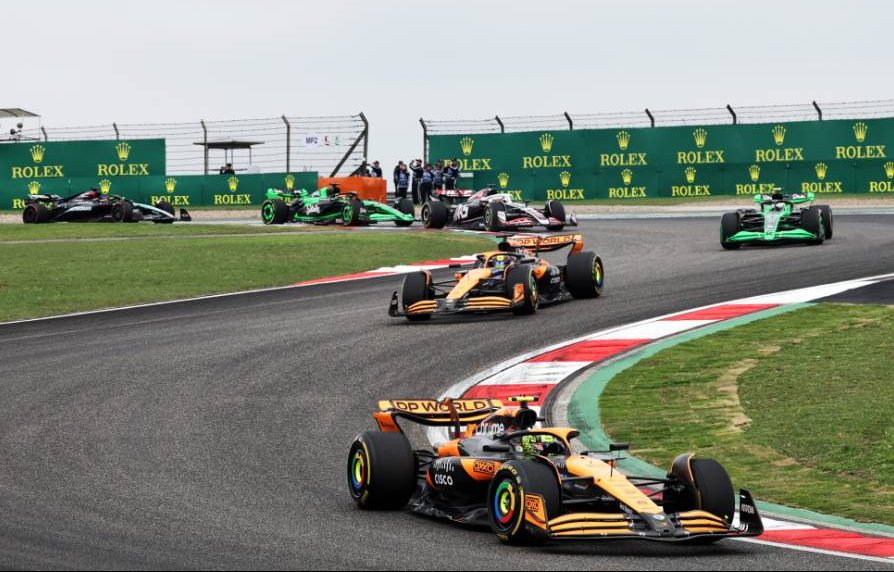
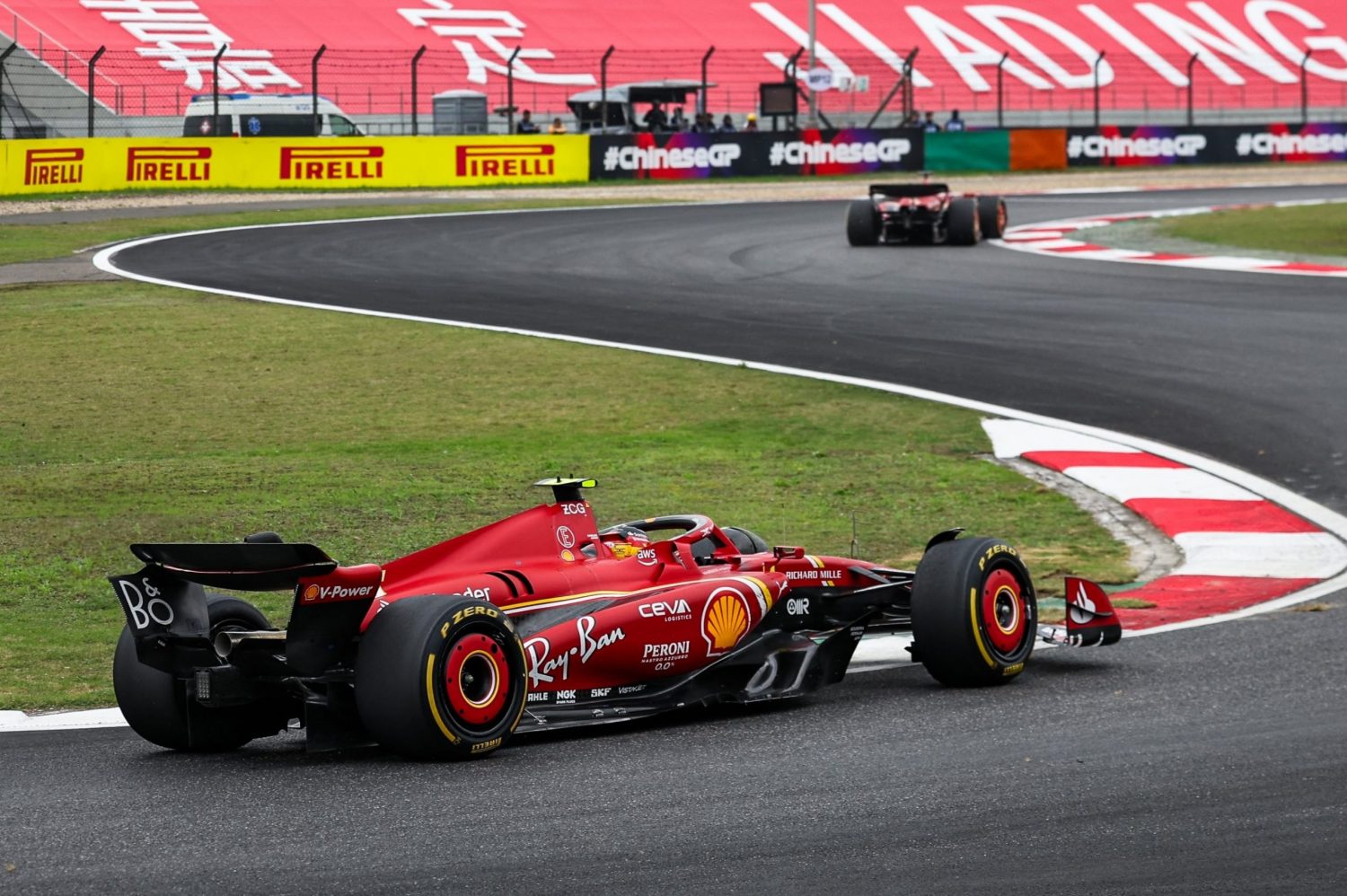

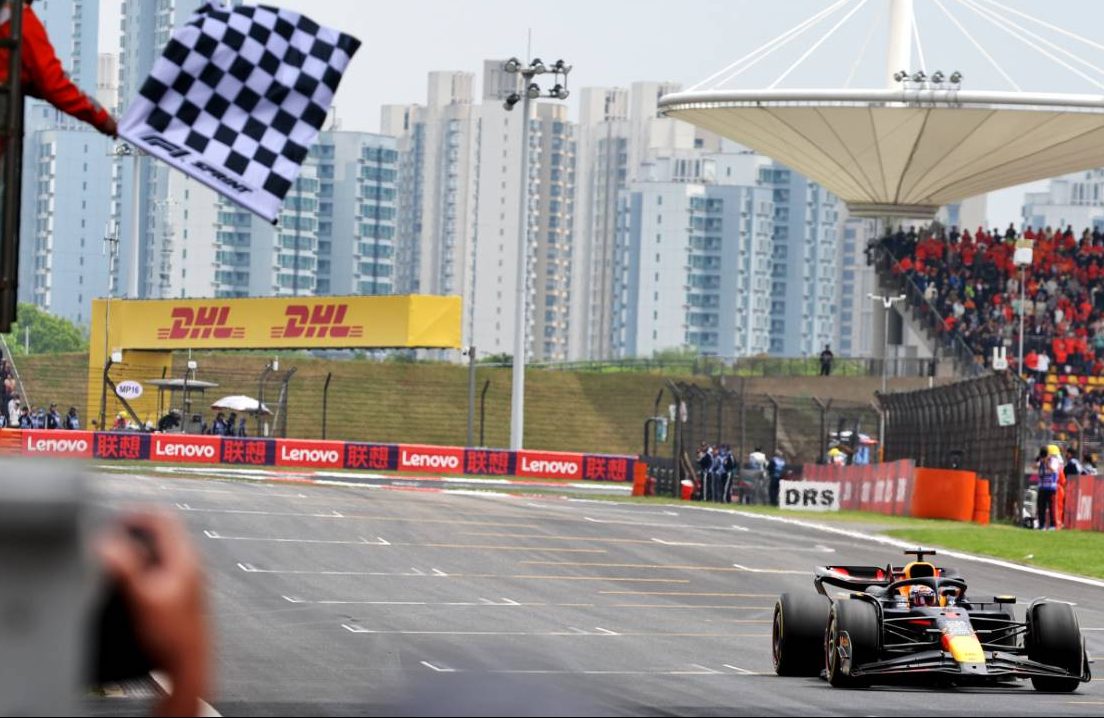
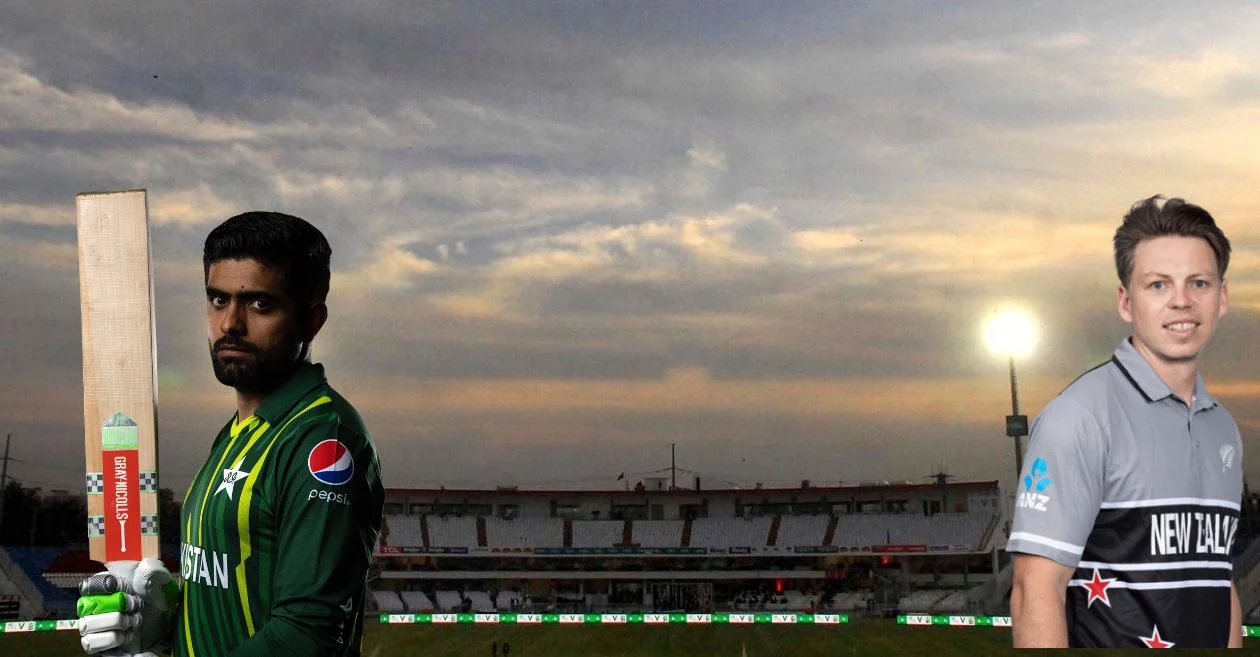
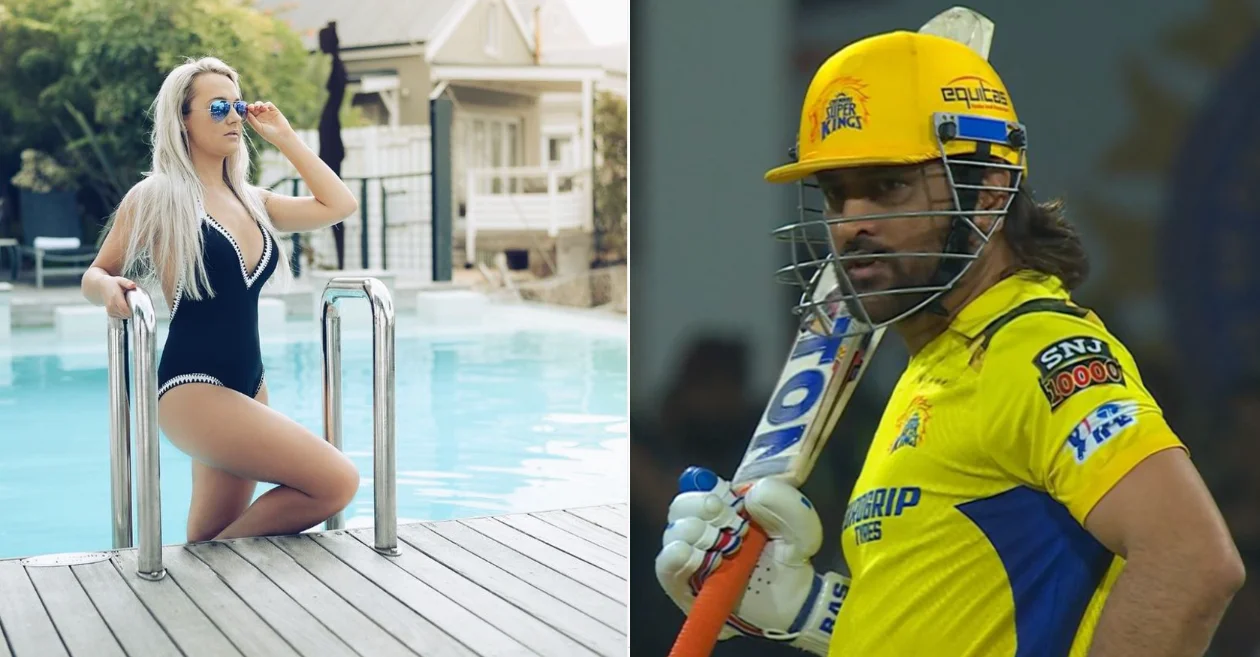












You must be logged in to post a comment Login